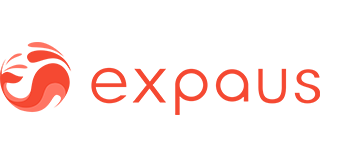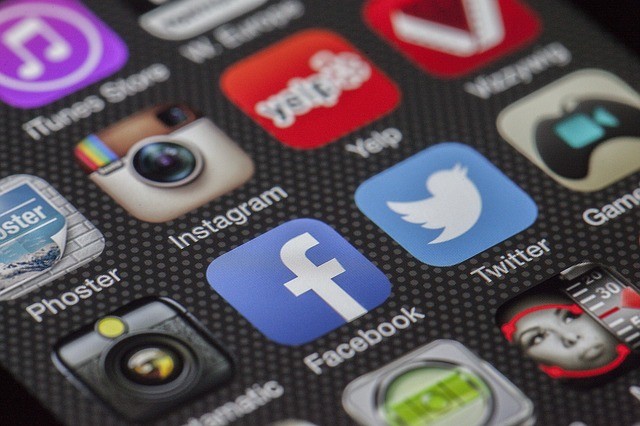Instagram and Facebook: Two Influencer Marketing Powerhouses
Social media sites are the hubs for different forms of marketing, including influencer marketing, which is becoming a popular way of increasing reach and engagement for your content. Two of the most important social media platforms in this case are Facebook and Instagram. If you’re a social media and influencer marketing newbie, you’re probably asking what these two can offer you.
Reach
With nearly 2 million active users monthly, Facebook is a formidable social site. In fact, it’s still the number one social site in terms of reach, and that’s why influencer targeting occurs mainly on this channel. If you want to increase your social media visibility, Facebook is the right place to start.
Instagram isn’t too far behind, though, and is actually competing with other social sites when it comes to reach. The site has about 400 million active users and an average of 4.2 billion likes a day on over 95 million photos and videos.
These figures are why social media, content, and influencer marketers are using these platforms to promote content and target social media influencers.
Engagement
If Facebook trumps any other social site in terms of reach, Instagram wins in terms of engagement. No other site sees as much engagement as Instagram does. Instagrammers are just the most active people online. They share around 95 million posts (photos, videos, memes, etc) every day. Collectively, they amass 4.2 billion likes a day. Where else can you get that much engagement. Clearly, no other place online has similar engagement stats.
And since engagement is an important metric in digital marketing, we look at sites with high engagement. Instagram, having the top engaging content in the web, thus, becomes a key social media and influencer marketing hub.
Facebook doesn’t lag behind too far in terms of engagement. Although it’s not as good as Instagram in terms of engagement, it remains one of the social media channels with relatively high amounts of likes and shares.
The logic is simple. Social influencers are people with high reach and engagement. Where else will you find them aside from sites with high average reach and engagement? That means these sites have both active influencers and followers. Hence, influencer marketing companies carry out influencer targeting on these sites.
Brands are after engagement. Obviously, you find brands on sites with good engagement. Forrester data in 2015 shows how much Instagram just leaves other social networks behind in terms of user interactions with brands. With 2.261% of engagement in 2015, Instagram leaves even Facebook way behind.
This is why companies and marketers are coming to Instagram. They know likelihood for engagement is strong. The reason is why for people who do influencer marketing, Instagram is one of the best choices.
Web Traffic
In a study conducted by Yotpo to determine the amount of traffic from different channels, it turns out that Instagram tops all the others. It turns out that the photo and video sharing site brings highly engaged followers to websites. This is what happens. They click the links from Instagram and stay on the sites for an average of 192 seconds or 3 minutes and 12 seconds. In contrast, website visitors from Facebook stay only for 105.55 seconds on average.
If there’s anything we can learn from these stats it’s the importance of the quality of the traffic we get. In some way, the quantity of traffic becomes meaningless in the perspective of marketing if much of that traffic comes from casual visitors and not engaged ones. You’re not converting visitors who stay only on your site for 5 seconds. Maybe they clicked the link out of passing curiosity or, worse, boredom.
While the quality of content is a factor that determines how long your visitors will stay on your website, it turns out that where they see the snippet of and link to your content also affects how long they stay on your site.
Despite the differences in certain parameters, the figures serve as guide for us. They imply that we should be investing in Facebook and Instagram as a marketing hubs. The numbers also tell us why companies remain on these social media giants.
But what are the key differences between Instagram and Facebook?
Although these two are top choices for marketers and certainly top platforms for influencer marketing and targeting, one is better than the other in certain situations.
Instagram tops in terms of engagement.
As mentioned, Instagram is the best social site in terms of engagement. No other social site right now competes with its average daily engagement. We’re not just talking about engagement in regular posts. We’re also talking about engagement on posts about brands. We can make examples from the difference between likes on Facebook and likes on Instagram. In April 2016, for instance, Victoria’s Secret had an average of 283,030 likes per post on Instagram but only 2,078 likes per post on Facebook according to News Whip. McDonalds had average Instagram likes of 19,885 but only 789 Facebook likes.
If you’re looking for social influencers who can help you increase engagement on your brand, look no further than Instagram.
Facebook wins in terms of reach or visibility.
With its awesome number of users, there’s no doubt that if you want greater reach for your brand, Facebook is the right place to go. Influencer marketing strategy done on Facebook is basically to exploit the immense reach that influencers on it already enjoy. If your brand isn’t age-specific, Facebook definitely aids in boosting brand visibility across diverse demographic.
Caveats
Demographics
The demographic variation between Facebook and Instagram users is an important factor in determining where to put your marketing budget on. Demographic data tells us majority of Instagram users are young people 18-29 years old. Although there are more Facebook users of the same age bracket, this social media site is basically a hub for adults of any age. For instance, nearly half (48%) of internet users aged 65 and above use Facebook. In contrast, only 4% of people of the same age use Instagram. That means if your brand caters to young people, you probably should put more money on Instagram.
Linking
Facebook is the better option in terms of putting links. It’s much easier to put links on individual Facebook posts. You can’t do that on Instagram, where you’re only allowed to put one link in your bio. That means you need to make more effort in making posts interesting enough so that people will go to your profile and check out your site. Facebook, on the other hand, allows you to post even multiple links in one post.
Final Word
Having all these differences mentioned, it’s clear now that Facebook and Instagram should be seen as complementary marketing platforms.
We do influencer marketing on Instagram and Facebook (as well as other social channels). The challenges we face on each site don’t make them unfitting. Instead, they offer opportunities for creative marketing strategies.




